Milken High physics team thwarts safe crackers
Ten students from Los Angeles’ Milken High School competed against more than 50 international teams in March by building an impenetrable safe using basic physics principles at the 12th annual Shalhevet Freier Physics Tournament at the Weizmann Institute of Science in Rehovot, Israel. The safe, built by Milken’s team SuperSafe, was one of two that couldn’t be cracked during the competition.
“We used a magnetic linear accelerator, or Gauss Rifle, to trigger the safe door. Constructing the safe was no easy task,” said SuperSafe team captain Richard Dahan, a junior in advanced placement physics. “But the hardest part about building it was fixing it the night before the competition, after a bumpy plane trip, as well as bartering with other teams to replace broken parts.”
The teams spent months planning their safes, which required a transparent side and a lock that functioned easily. The schools earned points by opening competitors’ safes. The SuperSafe team finished in 10th place and earned an honorary mention for their locking device, which employed the physical principles of magnets and marbles.
“This program gives my students a great opportunity to work together to master the principles of physic by building and cracking open a safe,” said Milken physics teacher Roger Kassebaum, who led his students in the competition. “It creates an environment where learning is based on performance, which is not always easy to create in the classroom. The competition applies physics in a fun and practical way.”
Both Dahan and Kassebaum plan to participate in the tournament again next year.
— Adam Wills, Senior Editor
Technion Students Win Water Challenge
Two students from the Technion-Israel Institute of Technology have developed a low-tech way to collect dew from the air and turn it into fresh water. The WatAir, developed by Joseph Cory (Geotectura) and Eyal Malka (Malka Architects), is an inverted pyramid array of panels that collect dew from the air and turn it into fresh water in almost any climate. The project took first place in the Arup Drawing Water Challenge, beating out 100 entries from North America, Europe, Africa and Asia.
Inspired by the dew-collecting properties of leaves, one 315-square-foot WatAir unit can extract at least 48 liters of fresh water from the air each day. Depending on the number of collectors used, an unlimited daily supply of water could be produced in either remote or polluted places.
— AW
Artificial Reef Installed in Red Sea
The recently established Marine Biology and Biotechnology Laboratory at Ben-Gurion University of the Negev has installed an artificial reef in the Gulf of Eilat, part of a collaborative project between Israelis and Jordanians to restore local reef culture.
According to the university, there will be two artificial reefs placed on the Israeli side of the Gulf and two on the Jordanian area. Students and professors from both countries will work together to study the artificial reef and how it affects marine life.
— AW
Shamoon Wins First Green Campus Award
Israel’s Ministry of Environmental Protection has selected Sami Shamoon College of Engineering for its inaugural Green Campus Award, which will be formally present this November at a national environmental conference.
Shamoon, which has campuses in Beer Sheva and Ashdod, offers courses in green engineering — which cover sustainability, green energy, green buildings and green architecture — and features outreach initiatives to train army officers, parents, elementary students and teachers about the importance of protecting the environment.
The ministry has also tapped Shamoon to be the model Green Campus, sending a presentation about the college’s environmental activities to every campus in Israel.
— AW
Researchers: Masada Remains Were Romans
Two Israeli researchers believe ancient human remains discovered at Masada in the 1960s and given a full Jewish burial by Israeli authorities may in fact be Romans.
Joe Zias, an anthropologist, and Azriel Gorski, a forensics expert, write this week in Near Eastern Archaeology that the two male skeletons and the head of women’s hair (including two braids) probably belonged to Romans who had been captured by Jewish zealots before Masada fell to Rome in 70 C.E.
It had previously been believed that the remains were of Jews who killed themselves and their families rather than surrender to the Romans.
Using modern forensics, Zias and Gorski say the women’s hair was sheared while she was still alive. Zias linked that finding to a commandment in Deuteronomy that requires Jewish troops to shear the hair of captured foreign women to make them less attractive.
According to this scenario, the troops captured three Romans: They killed the two men and discarded their bodies along with the captive woman’s hair. In 1969, Israel included the three in a state burial for bodies found at Masada, draping their coffins in flags. Ehud Netzer, an archaeologist who participated in the original Masada dig, told the Associated Press that he discounted the Zias-Gorski findings, calling them “assumptions built on assumptions.”
— Jewish Telegraphic Agency






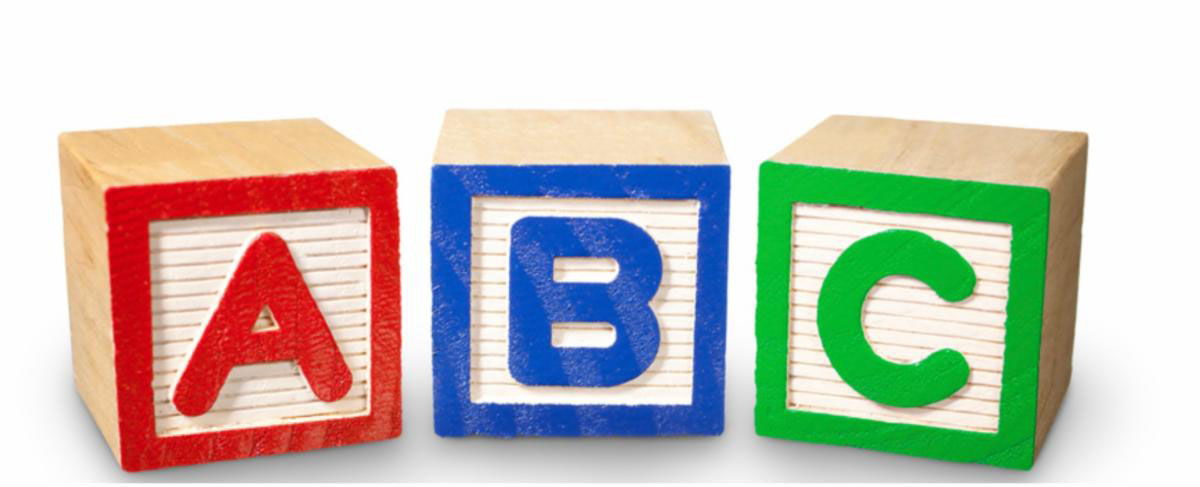
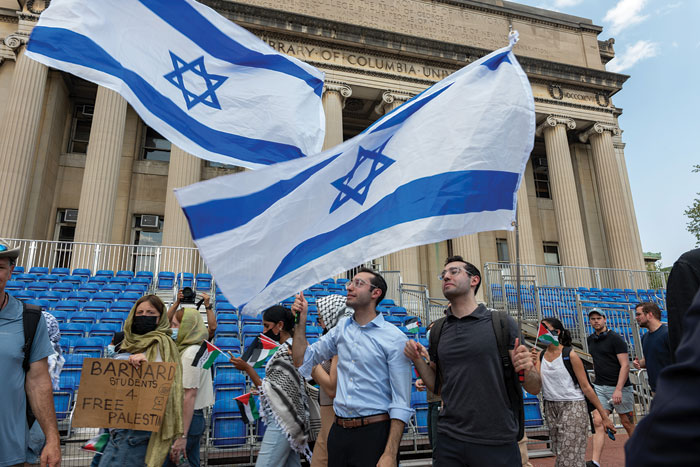

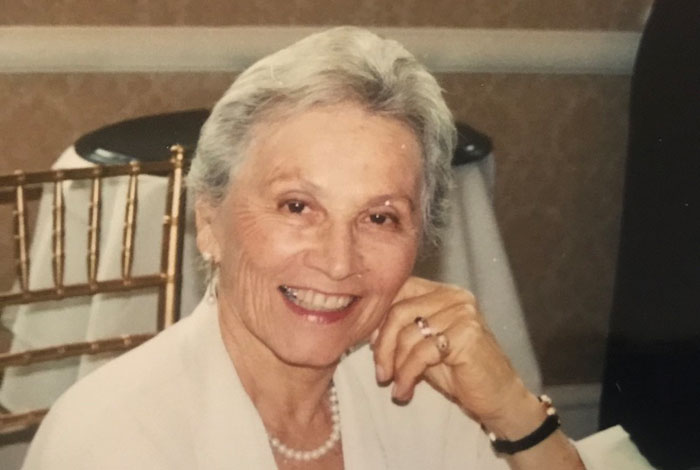
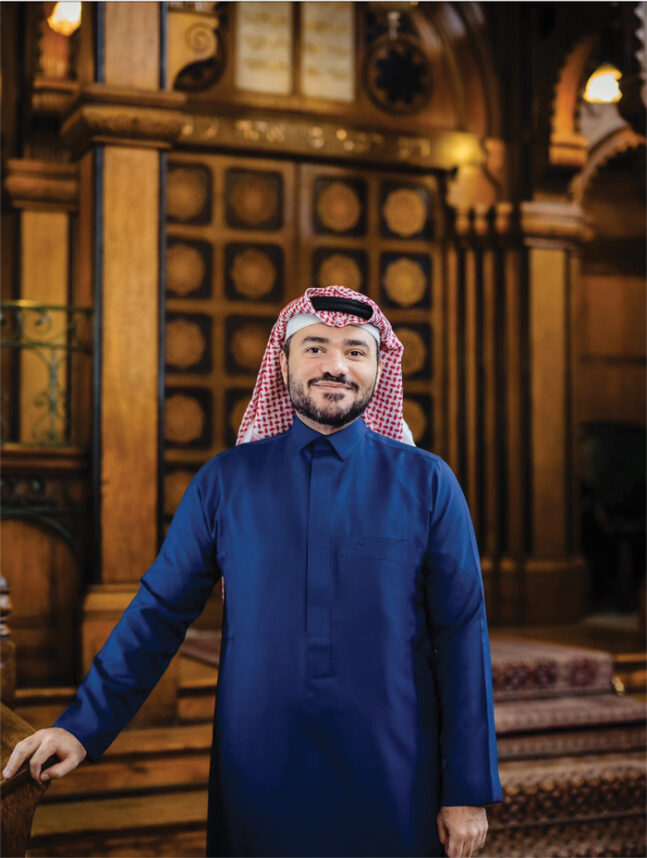
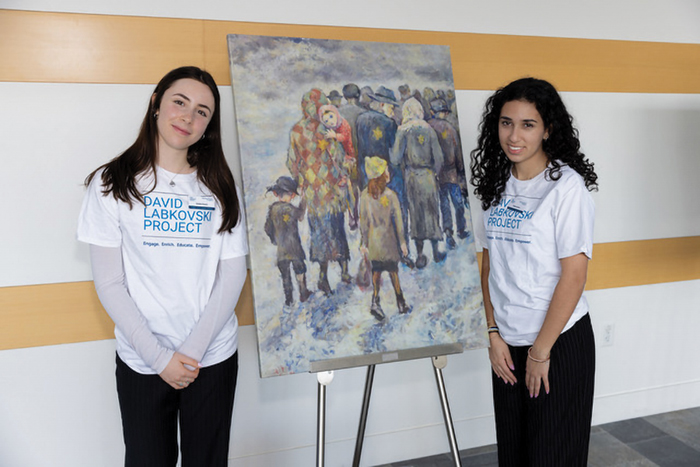




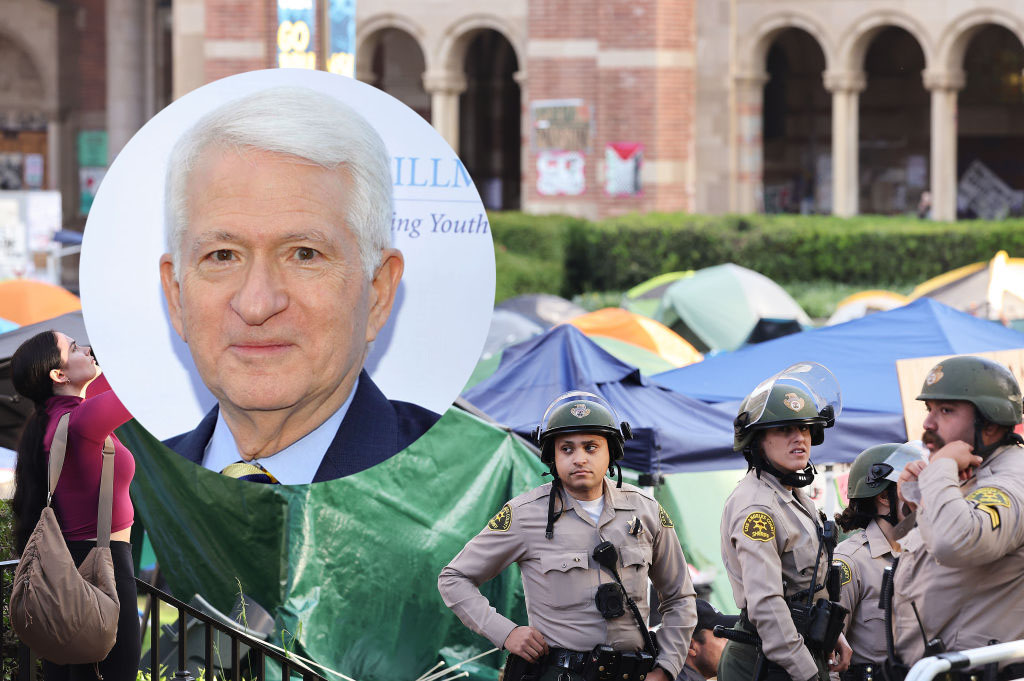





 More news and opinions than at a Shabbat dinner, right in your inbox.
More news and opinions than at a Shabbat dinner, right in your inbox.